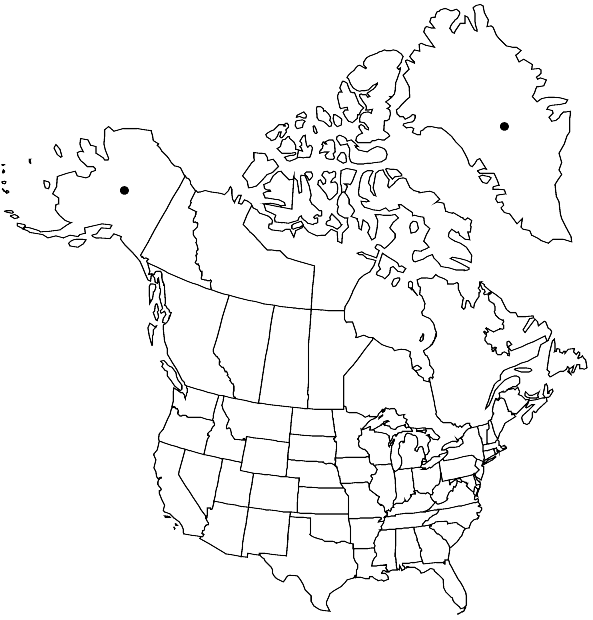Difference between revisions of "Trematodon brevicollis"
Flora 2: 88. 1819,.
FNA>Volume Importer |
imported>Volume Importer |
||
| (One intermediate revision by the same user not shown) | |||
| Line 45: | Line 45: | ||
|publication year= | |publication year= | ||
|special status= | |special status= | ||
| − | |source xml=https:// | + | |source xml=https://bitbucket.org/aafc-mbb/fna-data-curation/src/2e0870ddd59836b60bcf96646a41e87ea5a5943a/coarse_grained_fna_xml/V27/V27_633.xml |
|genus=Trematodon | |genus=Trematodon | ||
|species=Trematodon brevicollis | |species=Trematodon brevicollis | ||
Latest revision as of 22:27, 5 November 2020
Leaves ovate-lanceolate to short-subulate from an ovate or obovate base, entire at apex; costa percurrent or subpercurrent. Seta short, 4–6 mm. Capsule not or little inclined, slightly curved; neck equaling the urn in length, cylindric or obovate, not strumose but tapering instead; peristome teeth entire or perforate near apex, not fragile, commonly persistent; annulus compound, revoluble.
Phenology: Capsules mature late summer–fall.
Habitat: Soil, gravel, humus, crevices
Elevation: generally alpine, high elevations
Distribution

Greenland, Alaska, n Europe, c Asia (Kazakhstan, Mongolia).
Discussion
I. A. Worley and Z. Iwatsuki (1970) reported both Trematodon brevicollis and T. ambiguus from Alaska.
Selected References
None.
Lower Taxa
None.
... more about "Trematodon brevicollis"